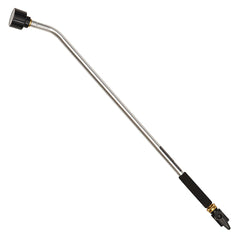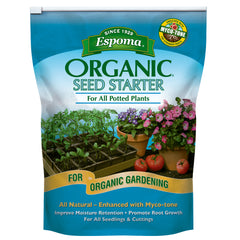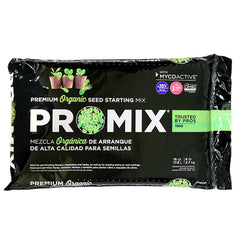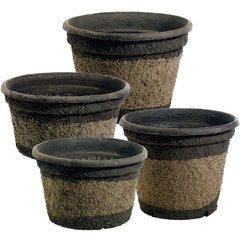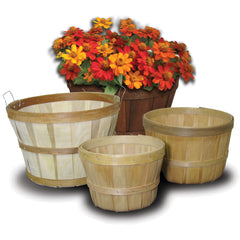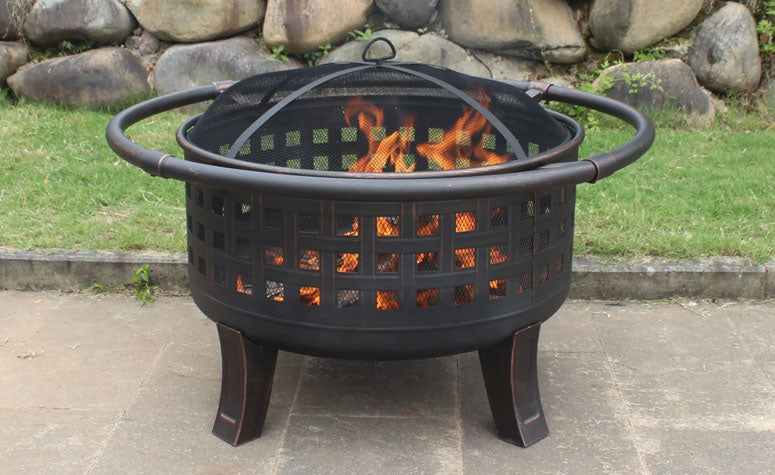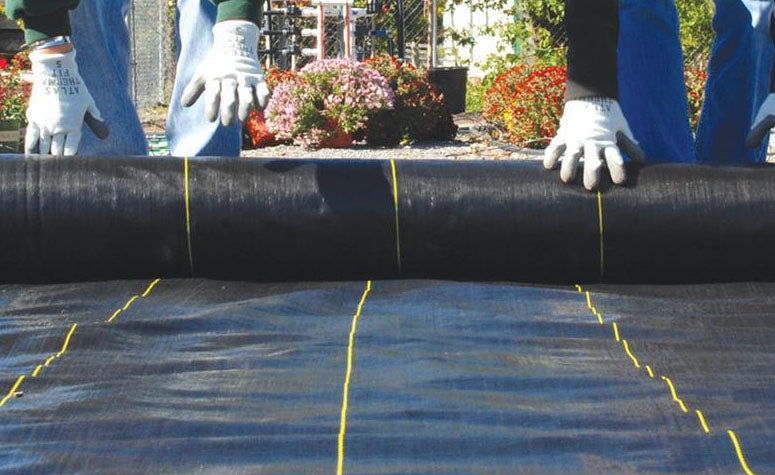"Elephant ear" is one of the oldest cultivated plants, in part because it’s an easy plant to care for. Although it thrives on high heat and humidity, taro prefers indirect/filtered sun or partial shade. Give the plants as much water as possible, especially during dry summer periods. They like moist-to-wet soil, and can even handle up to six inches of standing water, though this will increase the risk of fungal disease.
Taro is very pest and disease-resistant, but you should still watch carefully for issues. Potential infestations include aphids, spider mites, thrips and whiteflies. Good air circulation will combat fungal issues; also, keep the growing area clean and remove any weeds promptly.





